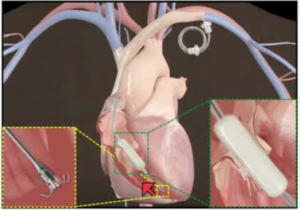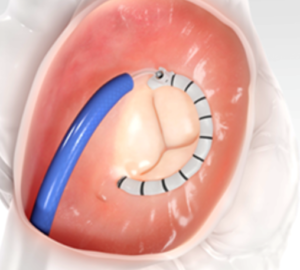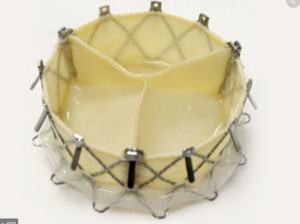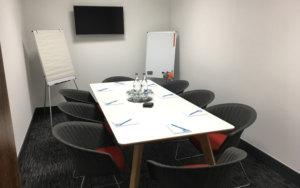Diversity, Equity, & Inclusion Are Not Just Buzzwords— Practical Steps for People Who Teach
Those of us who work in science, healthcare, and academia often find ourselves teaching others, whether or not we set out to be educators. Residents teach medical students. Nurses precept new nurses. Graduate students teach undergraduates. And faculty roles for researchers and clinicians also include teaching loads. Yet for many of us, our training did not include any grounding in how to teach. We might not have brought the same theoretical rigor and deep expertise to our teaching that we have to our other roles. Now, as we are teaching in a world of rapid change and increased awareness around structural racism, we must approach equity in our educational practices with intention, but some among us may not feel prepared and we are already overwhelmed. We are already adapting to enormous change related to COVID-19, and the intellectual energy required to reexamine another entire part of your professional life can feel paralyzing. It can feel like an impossible task that there will never be time for.
Despite these barriers, I strongly believe that you can start (or carry on) right now, no matter where you or your institution are in the struggle for antiracism. Here are some immediate suggestions to make your practice as an educator explicitly equity-focused and antiracist, for folks who teach in all kinds of contexts (these topics work for self-education, too):
No matter what format you teach in, there are some basic practices you can adopt to establish a “floor” for equity and inclusion.
- Can you pronounce the name of everyone in your group? Do you know what they prefer to be called and what pronouns they use? Some teachers inadvertently avoid calling on students because they haven’t bothered to learn these things and don’t want to make a mistake. Don’t be that teacher.
- How much time does every person (including you) speak? Is anyone taking up more space than they need? Now, the era of video calls, some platforms can actually show you how much time each individual speaks for, and this can be eye-opening. I encourage you to actually measure and observe this at least once. It can be surprising to see how some groups are consistently dominating conversation at the expense of others.
- Have you adopted principles of Universal Design for Learning in your teaching? If not, now is a good time to start. UDL is a set of principles that improves the experience for all learners by focusing on accessibility and flexibility and assuming diversity.
- Are you yourself familiar with concepts of antiracism? Have you examined your own privilege, bias, and ignorance? Are you learning?
For those who teach in a classroom or seminar format, Dr. Valerie Lewis has shared some more tips:
- Include an equity-focused reading with every topic (e.g., if you are teaching about asthma, include an article about disparities related to race and social determinants of health).
- Message that equity isn’t a specialty; every field should address it as part of ongoing professional practice.
- Create a dedicated class session for equity, and if possible do two— one at the beginning to frame the ideas for learning, and one towards the end to integrate the content you’ve covered with broader ideas around equity. This can help to lay the groundwork for ongoing reflective professional practice.
- Audit your syllabus: can you include AT LEAST one scholar of color every week? You might have go-to reading lists that you’ve inherited or developed, but if your list doesn’t measure up, you can change it. Go to PubMed or google scholar. Look at professional societies. Ask colleagues. Crowd-source on twitter. This is a key way to amplify voices— remember that citations are academic currency.
- Don’t be afraid to make mistakes. Be open with students that you are doing this intentionally and why, and take feedback.
This is not a checklist or an exhaustive resource for inclusivity. But I hope that if you are floundering as you try to figure out how to teach with a focus on equity and inclusion, that you’ve got a good first foothold. Let’s keep the conversation going— I’d love to hear more ideas. Hit me up on twitter @TheKnightNurse and let me know what you are doing.
“The views, opinions and positions expressed within this blog are those of the author(s) alone and do not represent those of the American Heart Association. The accuracy, completeness and validity of any statements made within this article are not guaranteed. We accept no liability for any errors, omissions or representations. The copyright of this content belongs to the author and any liability with regards to infringement of intellectual property rights remains with them. The Early Career Voice blog is not intended to provide medical advice or treatment. Only your healthcare provider can provide that. The American Heart Association recommends that you consult your healthcare provider regarding your personal health matters. If you think you are having a heart attack, stroke or another emergency, please call 911 immediately.”





